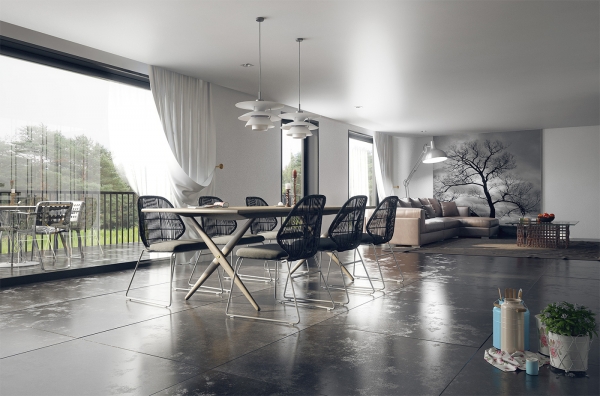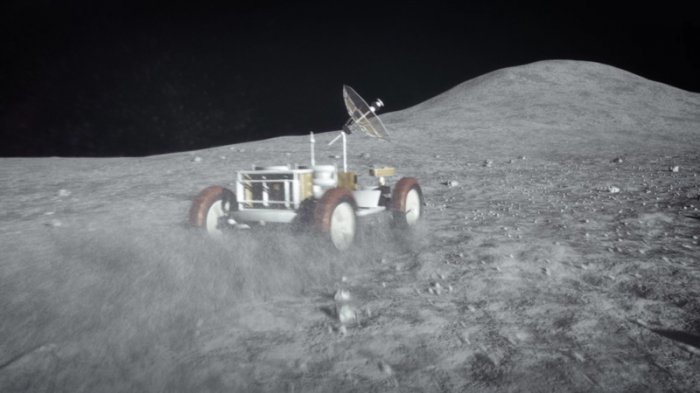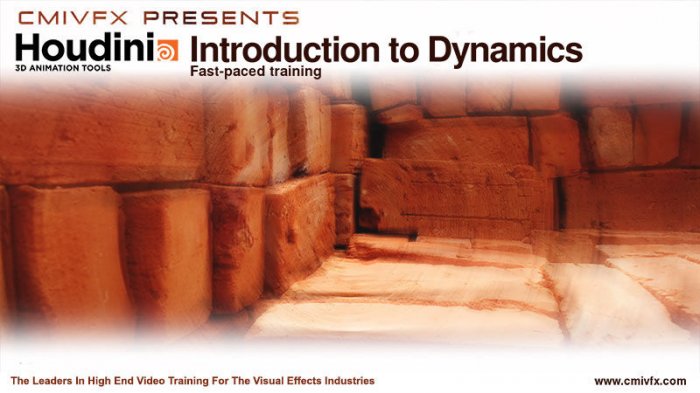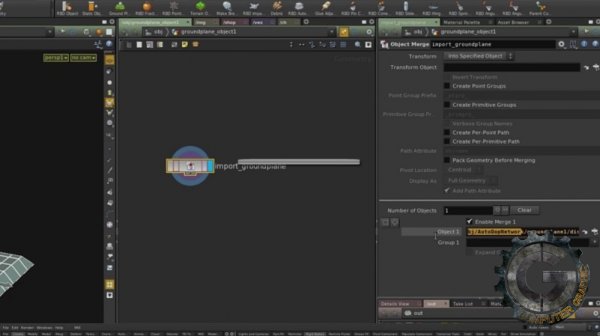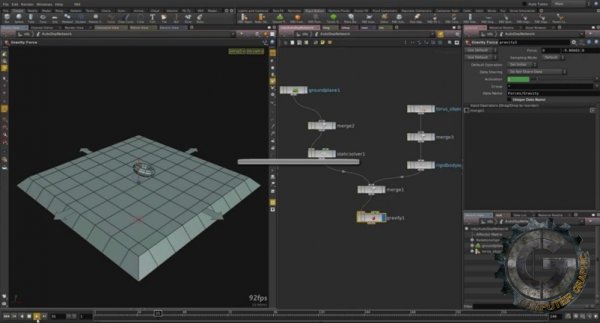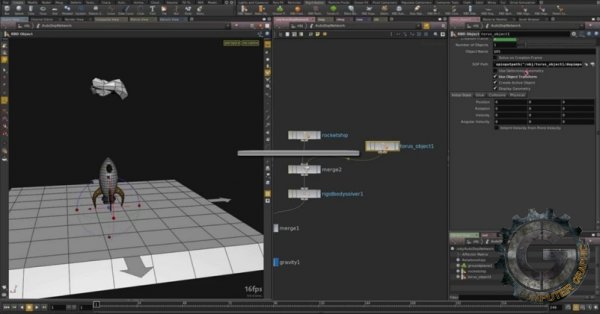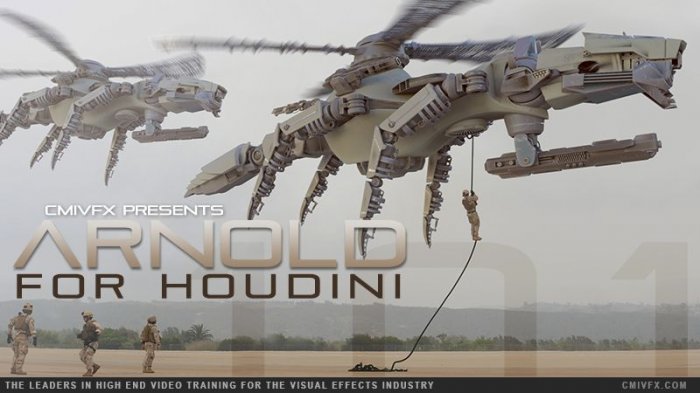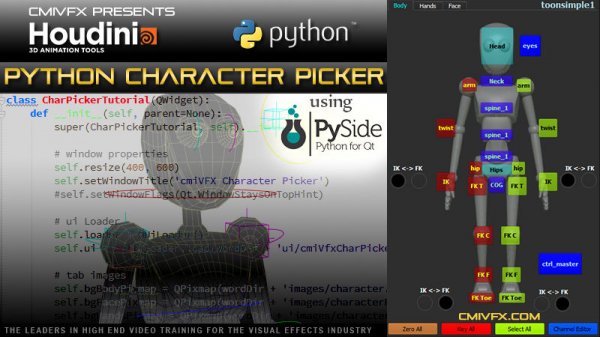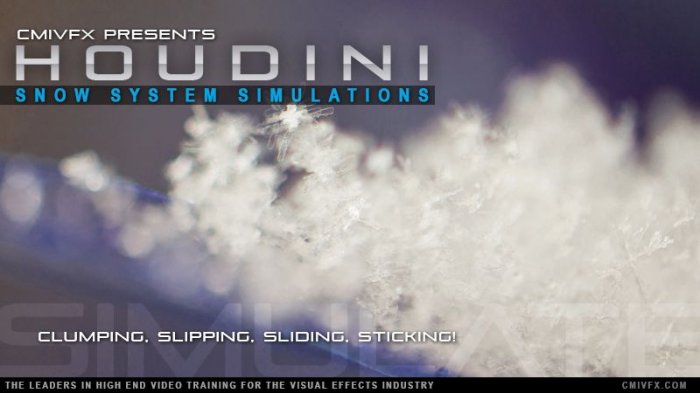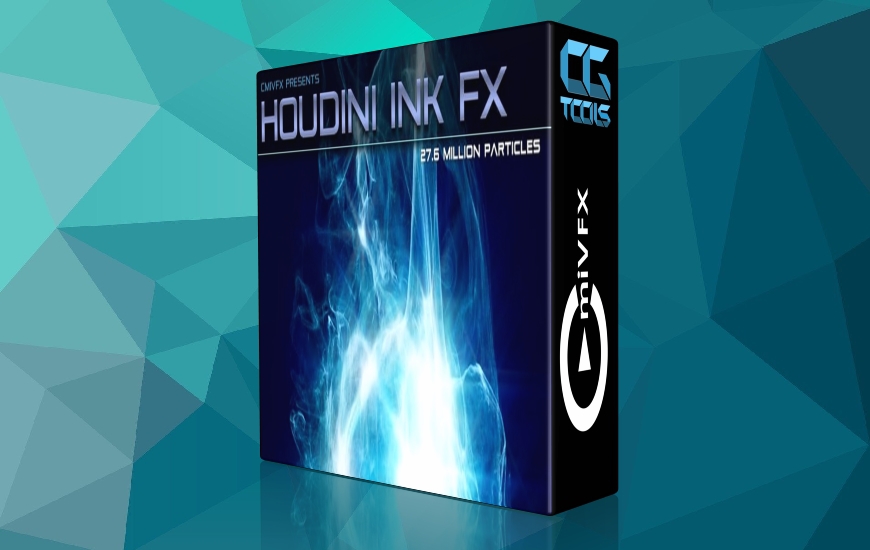![]()
cmiVFX - Houdini Introduction to Dynamics
Time : 2h 42m | Size : 2.49 GB | Project Files: Included | Software Used : Houdini
با سلام
در این آموزش Varomix DaGreit نحوه شروع به کار با دینامیک را در نرم افزار Houdini آموزش میدهد. او تکنیک های پیشرفته، کاوش و ساخت جلوه های بصری و همچنین ابزار های مورد نیاز را آموزش میدهد.
مشاهده توضیحاتــ انگلیسی
cmiVFX brings you a brand new and improved Houdini Introduction to Dynamics video that will demystify the dynamics workflow in Houdini. This video is for everyone interested in getting started in the world-renowned dynamics system that Houdini is so famous for. By the end of this training youandacirc;andeuro;andtrade;ll be ready to tackle more advanced techniques and youandacirc;andeuro;andtrade;ll also have the tools you need to start exploring and making visual effects your self.
Chapter Descriptions
Introduction
In the Intro youandacirc;andeuro;andtrade;ll get a quick overview of this course and youandacirc;andeuro;andtrade;ll see how this training will work. This is a fast-paced training, so be prepared to learn quickly.
The Dynamics Workflow
One of the most important things about Dynamics (DOPs) in Houdini is understanding the workflow, so by the end of this chapter you will understand how Houdini uses the geometry and takes it to DOPs, simulates your scene, and sends the result back into the geometry context (SOPs). This is crucial information to grasp.
The Rigid Bodies Shelf
In this Chapter we start exploring the amazing tools inside the Rigid Bodies shelf. These tools will make our lives much easier. Youandacirc;andeuro;andtrade;ll learn why doing everything from scratch each time just doesnandacirc;andeuro;andtrade;t make sense. You can make very complex setups with just a few clicks!
Part 1 covers the RBD Object, Static Object, Ground Plane, RBD Fractured Object and the RBD Point Object.
Part 2 covers the Terrain Object, Make Breakable Tool ( Dynamic destruction of objects ), Debris tool, Pin and Hinge Constraints.
DOPs Land
Here weandacirc;andeuro;andtrade;ll be learning in-depth about how DOPs work and what is each node used for. Weandacirc;andeuro;andtrade;ll also get into the Details View, which is an amazingly helpful panel. The Details View is crucial for debugging problems and issues in your simulations. Weandacirc;andeuro;andtrade;ll also talk about how the objects and the data flow inside dynamic networks and weandacirc;andeuro;andtrade;ll discuss different ways to apply data to your simulation.
Collisions
This is a very important subject and itandacirc;andeuro;andtrade;s a big andacirc;andeuro;andoelig;gotchaandacirc;andeuro; for users that work with other apps and expect Houdini to behave in the same way. Houdini creates itandacirc;andeuro;andtrade;s own collision geometry and sometimes the collision geometry needs some tweaking. Weandacirc;andeuro;andtrade;ll explore the differences between the new bullet solver and the RBD solver.
Attributes and Deforming Geometry
Next weandacirc;andeuro;andtrade;ll learn how to pass velocity data from SOPs into Dynamics. This becomes useful when you need to define your velocity directly from geometry. Weandacirc;andeuro;andtrade;ll also talk about how to actually use deforming geometry in Dynamics.
Multiple Solver and Caching
In this lesson weandacirc;andeuro;andtrade;ll make multiple solvers interact with each other. Houdini makes this very simple and intuitive although it might seem like a very complex task. Weandacirc;andeuro;andtrade;ll also learn the basics of caching your simulations to the disk which is something that you should always do before you start any rendering.




